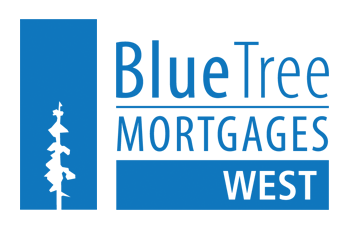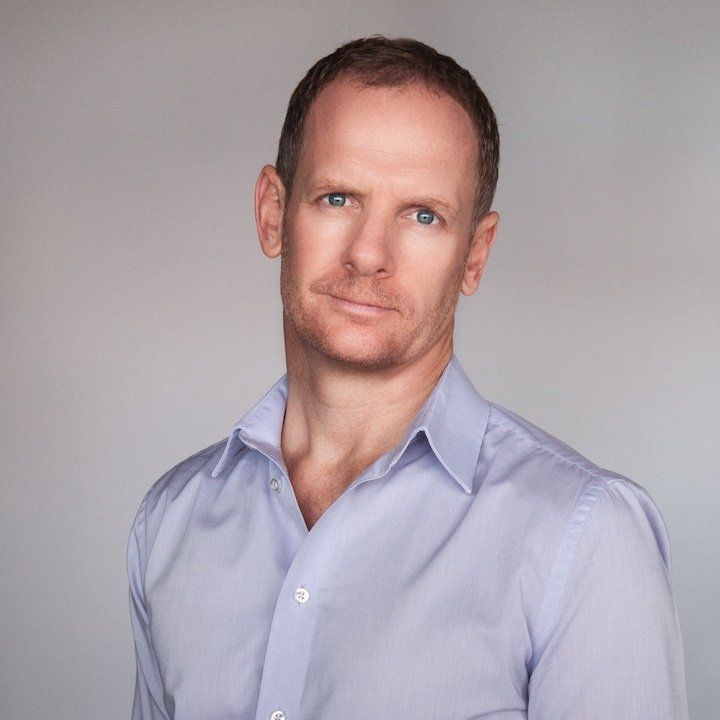Mortgage Articles
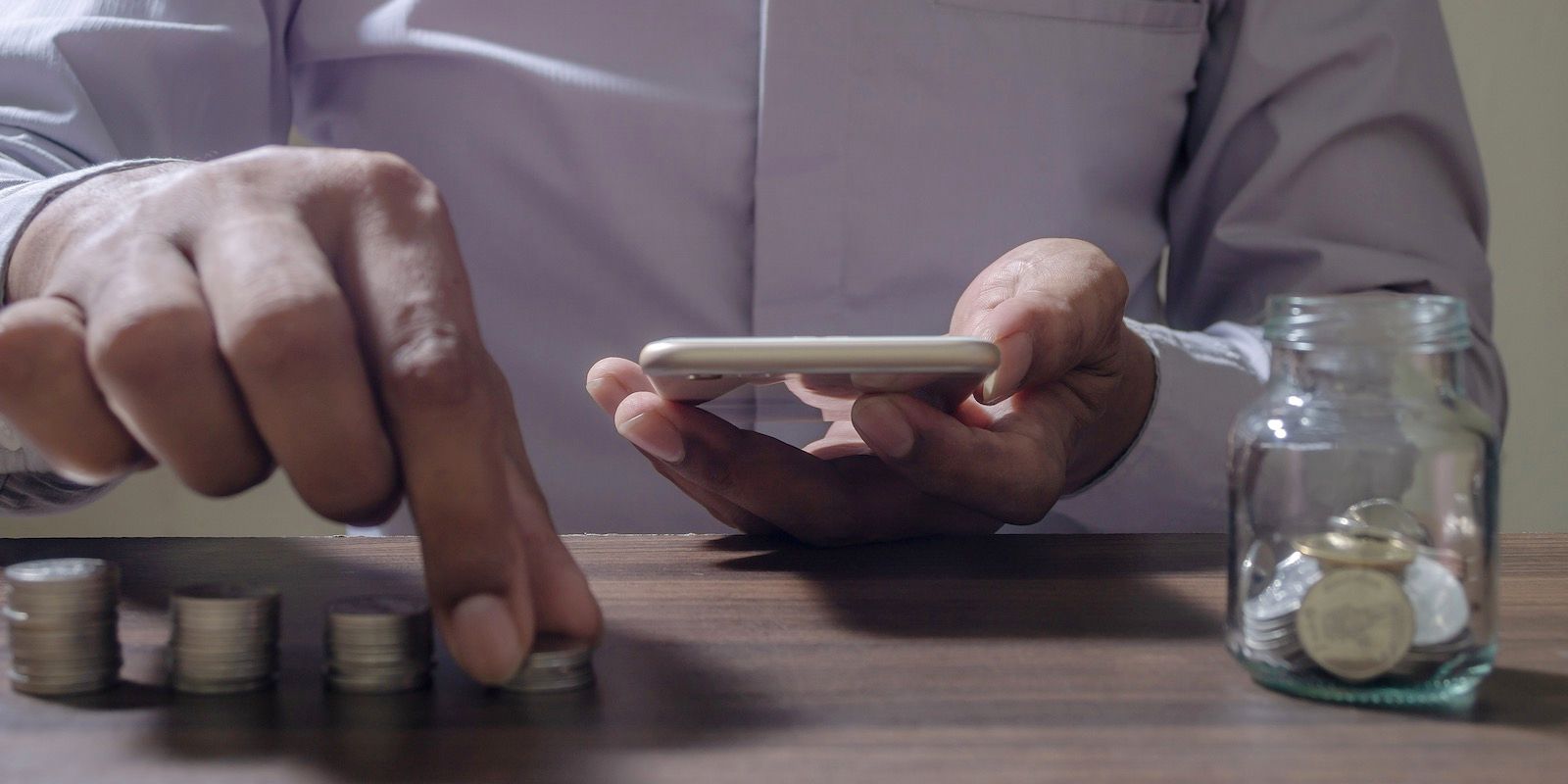
Whether you want to set aside money to buy a car or take a vacation, save up for a down payment on a property, or plan for your retirement, the principles are the same. However, as you’re reading this article on a website dedicated to helping you secure mortgage financing, we’ll assume you want tips on how to save for a down payment! The key to saving money is getting clarity - clarity around your income and your expenses, developing and following a clear plan, and seeking help from professionals who can help you see the big picture as well as the details. Although this might seem fundamental, sometimes going back to basics is the best place to start. Assess your income. If your goal is to save money, you’ll need to identify just how much money you’ve got to work with! The best way to do this is to write everything down. This could be with paper and a pen or on a spreadsheet; whichever way works best for you is fine. The goal is to have all your income in front of you! If you’re on a fixed income or receive a salary for work, your calculations might be pretty simple. Use the income you actually take home, not your gross income. Include an average of your variable income sources like tips, overtime, bonuses, or shift differentials. You should also include other income sources like an annual tax return, and child tax or other government benefits. Spend time to make an exhaustive list of all your income sources. Track your expenses. Once you’ve identified what you have to work with on the income side, the next step is to figure out just how much you actually spend to maintain your current lifestyle. Start by identifying regular bills, then look at your discretionary spending. If you have a budget already in place, you should be able to identify these numbers easily. If not, you can expect that getting clarity around your expenses will be very enlightening. It will be helpful to look through a few months’ worth of bank statements to see just how much money you actually spend. Information is the key to finding clarity. The more information you have, the more equipped you will be to save money. Just like your income, write down all your expenses. This will allow you to assess and reprioritize where you spend your money. Develop and follow a plan. Once you have a clear picture of your income and expenses, you need to figure out how to make more money than you spend. Although that sounds so simple, it really isn’t. The majority of Canadians incur debt because they spend more money than they make. This is why saving money can be so hard. But if we’re going back to basics, remember this: if you’re spending more money than you're making, you need to either increase your income or decrease your expenses to start saving money. There are countless money-saving strategies on the internet; consider following a few financial bloggers, and have fun learning about what works best for you! Seek help from professionals. You’re probably here to learn about how to save money for a down payment because you want to buy a home soon. If that's the case, be assured you're in the right place. Putting together a plan to secure mortgage financing is one plan you don't have to make on your own. As independent mortgage professionals, it’s our job to help you navigate all aspects of mortgage financing. Just like saving for a down payment is about managing income and expenses, so is getting a mortgage. Income and expenses, along with credit and property, are what a lender looks at when assessing your suitability for a mortgage. So while you might assume that putting together a plan to save for a down payment is where you should start, it might not actually be the best place to start. Saving money takes time, and while you're doing that, there are many other things you could be doing at the same time, like building credit to increase your chances of qualifying for a mortgage sooner. When you’re ready to assess your financial situation and put together a plan to save for a down payment and get into a mortgage sooner, please get in touch. It would be a pleasure to work with you.

If you’re in the early stages of planning to buy either your first home or your next home, you’ve come to the right place! Even if you’ve been through it before, the home buying process can be daunting, but it doesn’t have to be when you have the right people on your side! The purpose of this article is to share a high-level view of the home buying process. Obviously, the finer details can be addressed once you’ve submitted an application for pre-approval. But for now, here are some of the answers to general questions you may have as you work through your early preparations. Are you credit-worthy? Having an established credit profile is essential when applying for a mortgage. For your credit to be considered established, you’ll want to have a minimum of two trade lines (credit cards, loans, or lines of credit) with a minimum limit of $2500, reporting for a period of at least two years. From there, you’ll want to make sure that your debt repayment is as close to flawless as possible. Think of it this way: Why would a lender want to lend you money if you don’t have a history of timely repayment on the loans you already have? Making your payments on time, as agreed, is crucial. We all know, however, that mistakes can happen and payments might get missed. If that's the case, it’s best to catch up as quickly as possible! Late payments only register on your credit report if you're past due by 30 days. How will you make your mortgage payments? When providing you with a mortgage, lenders are trusting you with a lot of money. They'll want to feel really good about your ability to pay that money back, over an agreed period of time, with interest. The more stable your employment, the better chances you have of securing mortgage financing. Typically, you’ll want to be employed in a permanent position or have your income averaged over a period of two years. If you’re self-employed, expect to provide a lot more documentation to substantiate your income. How much skin do you have in the game? If you're borrowing money to buy a home, you’re going to have to bring some money to the table. The best down payment comes from accumulating your own funds supported by documents proving a 90-day history in your bank account. Other down payment sources, such as a gift from a family member or proceeds from another property sale, are completely acceptable. In Canada, 5% down is the minimum requirement. However, depending on the purchase price, it might be more. Also, you need to be aware that you will likely have to prove access to at least 1.5% of the purchase price to be allocated for closing costs. How much can you afford? Here’s the thing. What you can afford on paper and what you can afford in real life are often very different amounts. Just because you feel you can afford the proposed mortgage payments, know that you will have to substantiate everything through documentation. The amount you actually qualify to borrow is based on many factors, certainly too many to list in an article designed to provide you with an overview of the home buying process. However, with that said, it’s never too early in the home buying process to seek professional advice. Our services come at no cost to you; it would be our pleasure to help. Working with an independent mortgage professional will allow you to assess your credit-worthiness, provide insight on how a lender will view your income, help you plan for a down payment, and nail down exactly how much you can afford to borrow. And if you need help putting together a plan to improve your financial situation, we can do that too. If you’d like to discuss your financial situation and put together a plan to secure mortgage financing, please get in touch!

One of the major qualifiers lenders look at when considering your application for mortgage financing is your debt service ratios. Now, before we get started, if you prefer to have someone walk through these calculations with you, assess your financial situation, and let you know exactly where you stand, let’s connect. There is no use in dusting off the calculator and running the numbers yourself when we can do it for you! However, if you’re someone who likes to know the nitty-gritty of how things work instead of simply accepting that's just the way it is, this article is for you. But be warned, there are a lot of mortgage words and some math ahead; with that out of the way, let’s get started! “Debt servicing” is the measure of your ability to meet all of your financial obligations. There are two ratios that lenders examine to determine whether you can debt service a mortgage. The first is called the “gross debt service” ratio, or GDS, which is the percentage of your monthly household income that covers your housing costs. The second is called the “total debt service” ratio, or TDS, which is the percentage of your monthly household income covering your housing costs and all your other debts. GDS is your income compared to the cost of financing the mortgage, including your proposed mortgage payments (principal and interest), property taxes, and heat (PITH), plus a percentage of your condo fees (if applicable). Here’s how to calculate your GDS. Principal + Interest + Taxes + Heat / Gross Annual Income Your TDS is your income compared to your GDS plus the payments made to service any existing debts. Debts include car loans, line of credit, credit card payments, support payments, student loans, and anywhere else you’re contractually obligated to make payments. Here’s how to calculate your TDS. Principal + Interest + Taxes + Heat + Other Debts / Gross Annual Income With the calculations for those ratios in place, the next step is to understand that each lender has guidelines that outline a maximum GDS/TDS. Exceeding these guidelines will result in your mortgage application being declined, so the lower your GDS/TDS, the better. If you don’t have any outstanding debts, your GDS and TDS will be the same number. This is a good thing! The maximum ratios vary for conventional mortgage financing based on the lender and mortgage product being offered. However, if your mortgage is high ratio and mortgage default insurance is required, the maximum GDS is 39% with a maximum TDS of 44%. So how does this play out in real life? Well, let’s say you’re currently looking to purchase a property with a payment of $1700/mth (PITH), and your total annual household income is $90,000 ($7500/mth). The calculations would be $1700 divided by $7500, which equals 0.227, giving you a gross debt service ratio of 22.7%. A point of clarity here. When calculating the principal and interest portion of the payment, the Government of Canada has instituted a stress test. It requires you to qualify using the government's qualifying rate (which is higher), not the actual contract rate. This is true for both fixed and variable rate mortgages. Now let’s continue with the scenario. Let’s say that in addition to the payments required to service the property, you have a car payment of $300/mth, child support payments of $500/mth, and between your credit cards and line of credit, you’re responsible for another $700/mth. In total, you pay $1500/mth. So when you add in the $1700/mth PITH, you arrive at a total of $3200/mth for all of your financial obligations. $3200 divided by $7500 equals 0.427, giving you a total debt service ratio of 42.7%. Here’s where it gets interesting. Based on your GDS alone, you can easily afford the property. But when you factor in all your other expenses, the TDS exceeds the allowable limit of 42% (for an insured mortgage anyway). So why does this matter? Well, as it stands, you wouldn’t qualify for the mortgage, even though you are likely paying more than $1700/mth in rent. So then, to qualify, it might be as simple as shuffling some of your debt to lower payments. Or maybe you have 10% of the purchase price saved for a downpayment, changing the mortgage structure to 5% down and using the additional 5% to pay out a portion of your debt might be the difference you need to bring it all together. Here’s the thing, as your actual financial situation is most likely different than the one above, working with an independent mortgage professional is the best way to give yourself options. Don’t do this alone. Your best plan is to seek and rely on the advice provided by an experienced independent mortgage professional. While you might secure a handful of mortgages over your lifetime, we do this every day with people just like you. It’s never too early to start the conversation about mortgage qualification. Going over your application and assessing your debt service ratios in detail beforehand gives you the time needed to make the financial moves necessary to put yourself in the best financial position. So if you find yourself questioning what you can afford or if you want to discuss your GDS/TDS ratios to understand the mortgage process a little better, please get in touch. It would be a pleasure to work with you, we can get a preapproval started right away.

Refinancing your mortgage can be a smart financial move, but how do you know if it’s the right time? Whether you’re looking to lower your monthly payments, access home equity, or consolidate debt, refinancing can offer valuable benefits. Here are five key signs that it might be the right time to refinance your mortgage in Canada. 1. Interest Rates Have Dropped One of the most common reasons Canadians refinance is to secure a lower interest rate. Even a small decrease in your mortgage rate can lead to significant savings over time. If rates have dropped since you took out your mortgage, refinancing could help you reduce your monthly payments and save thousands in interest. ✅ Tip: Check with your mortgage broker to compare your current rate with today’s market rates. 2. Your Financial Situation Has Improved If your credit score has increased or your income has stabilized since you first got your mortgage, you might qualify for better loan terms. Lenders offer lower rates and better conditions to borrowers with strong financial profiles. ✅ Tip: If you’ve paid off debts, improved your credit score, or increased your savings, refinancing could work in your favour. 3. You Want to Consolidate High-Interest Debt Carrying high-interest debt from credit cards, personal loans, or lines of credit? Refinancing can help consolidate those debts into your mortgage at a much lower interest rate. This can make monthly payments more manageable and reduce the overall cost of borrowing. ✅ Tip: Make sure the savings from refinancing outweigh any prepayment penalties or fees. 4. You Need to Free Up Cash for a Major Expense Many Canadians refinance to access their home’s equity for renovations, education costs, or major life expenses. With home values rising in many areas, a refinance could help you tap into that value while still keeping manageable payments. ✅ Tip: Consider a home equity line of credit (HELOC) if you need flexible access to funds. 5. Your Mortgage Term is Ending, and You Want Better Terms If your mortgage is up for renewal, it’s the perfect time to explore refinancing options. Instead of simply accepting your lender’s renewal offer, compare rates and terms to see if you can get a better deal elsewhere. ✅ Tip: A mortgage broker can help you shop around and negotiate better terms on your behalf. Is Refinancing Right for You? Refinancing isn’t always the best move—there can be penalties for breaking your current mortgage, and not all savings are worth the switch. However, if you relate to any of the five signs above, it’s worth discussing your options with a mortgage professional. Thinking about refinancing? Let’s chat and find the best option for you!

If you’re thinking about buying a property, but you’re not sure where to start, you’ve come to the right place! Let’s discuss how getting pre-approved is one of the first steps in your home buying journey. Just like you wouldn’t go into a restaurant without knowing if you have enough money to buy your meal, it’s not a good idea to be shopping for a home without an understanding of how much you can afford. You can browse MLS from your couch all you want beforehand, but when you’re ready to start looking at properties with a real estate agent, you need a pre-approval. Now, as there may be some confusion around exactly what a pre-approval does and doesn’t do, let’s discuss it in detail. First of all, a pre-approval is not magic, and it’s not binding. A pre-approval is not a contract that will guarantee mortgage financing despite changes to your financial situation. Instead, a pre-approval is simply the first look at your overall financial health that will point you in the right direction before you’re ready to apply for a mortgage. Said in another way, a pre-approval is a map that gives you the plan to secure an actual approval. After going through the pre-approval process, you’ll know how to qualify for a mortgage and at what amount. When considering your mortgage application, lenders look at your income, credit history, assets vs liabilities, and the property itself. Working through a pre-approval will cover all these areas and will uncover any major obstacles that might be in your way of securing financing. The best time to secure a pre-approval is as soon as possible; it’s never a bad idea to have a plan. Here are a few of the obstacles that a pre-approval can uncover: You’ve recently changed jobs, and you’re still on probation Your income relies heavily on extra shifts or commissions You’re unaware of factual mistakes or collections on your credit report You don’t have an established credit profile You don’t have enough money saved for a downpayment Additional debt is lowering the amount you qualify for Really anything you don't know that you don't know Even if you believe you have all your ducks in a row, working through the pre-approval process with an independent mortgage professional will ensure you have the best chance of securing a final approval. As a point of clarity, a pre-approval is not the same as a pre-qualification. This is not typing a few things into a website, calculating some numbers, and thinking you’re all set. A pre-approval includes providing your financial information, looking at your credit report, discussing a plan for securing mortgage financing with a mortgage professional, and even submitting documents ahead of time. Mortgage financing can be a daunting process; it doesn’t have to be. Having a plan in place and doing as much as you can beforehand is essential to ensuring a smooth home buying experience. As there is no cost for getting a mortgage pre-approval, there is absolutely no risk. Consider starting the process right now! If you’d like to walk through your financial situation and get pre-approved for a mortgage, let’s talk. It would be a pleasure to work with you!
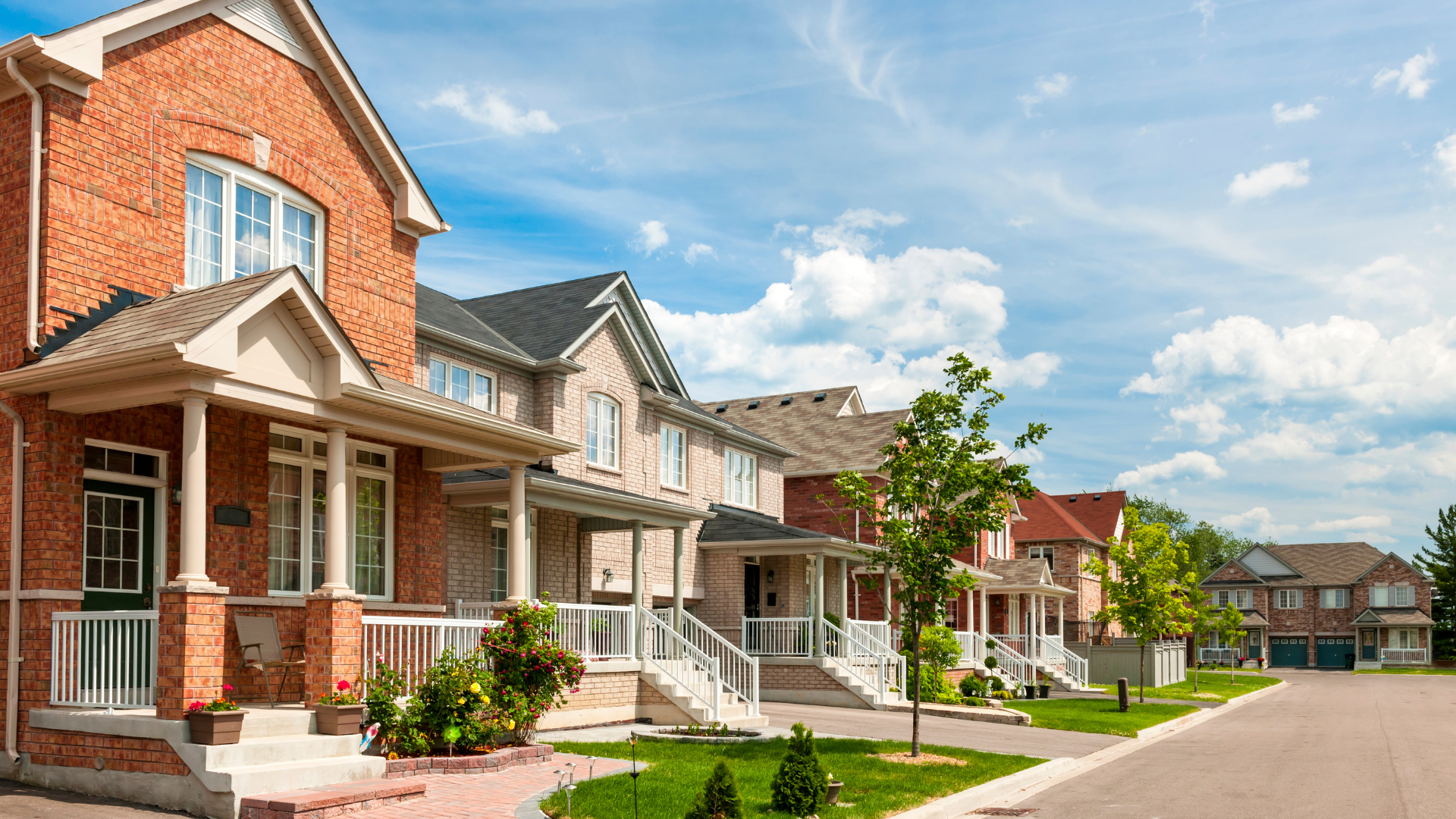
Navigating Mortgage Rates in an Uncertain Market With Canada’s economy facing trade tensions, inflation concerns, and a potential slowdown, mortgage rates are in flux. Borrowers must weigh the risks and rewards of fixed vs. variable rates to make the best decision for their financial future. What’s Driving Mortgage Rate Changes? Several key factors are shaping the mortgage landscape: Trade Uncertainty – New tariffs between the U.S. and Canada could push inflation higher, impacting bond yields and fixed mortgage rates. Inflation Pressures – If inflation stays above the Bank of Canada’s 2% target, rate cuts may be delayed, keeping borrowing costs higher. Recession Concerns – If economic growth slows, the BoC could cut rates, making variable-rate mortgages more attractive. Fixed vs. Variable: Which One is Right for You? 🔒 Fixed-Rate Mortgages: ✅ Predictable payments for peace of mind ✅ Protection from future rate hikes ❌ Typically higher initial rates ❌ Costly penalties if you break your term early 📊 Variable-Rate Mortgages: ✅ Lower starting rates with potential for savings ✅ Easier to break or refinance if needed ❌ Payments can fluctuate with rate changes ❌ Higher risk if inflation pushes rates upward What’s the Best Move Right Now? ✔ Go Fixed if you want stability and protection from rising rates. ✔ Go Variable if you believe rates will drop and you can handle some risk. ✔ Consider a Hybrid Mortgage to get the best of both worlds. Stay Flexible & Informed Mortgage rates are unpredictable, and the best choice today may change in a few months. Working with a mortgage professional can help you navigate these shifts and secure the best deal for your financial future. Need expert guidance? Reach out today to discuss your options!

A question that comes up from time to time when discussing mortgage financing is, “If I have collections showing on my credit bureau, will that impact my ability to get a mortgage?” The answer might have a broader implication than what you might think; let's spend a little time discussing it. Collections accounts are reported on your credit bureau when you have a debt that hasn’t been paid as agreed. Now, regardless of the reason for the collection; the collection is a result of delinquency, it’s an account you didn’t realize was in collections, or even if it’s a choice not to pay something because of moral reasons, all open collections will negatively impact your ability to secure new mortgage financing. Delinquency If you’re really late on paying on a loan, credit card, line of credit, or mortgage, and the lender has sent that account to collections, as they consider it a bad debt, this will certainly impact your ability to get new mortgage financing. Look at it this way, why would any lender want to extend new credit to you when you have a known history of not paying your existing debts as agreed? If you happen to be late on your payments and the collection agencies are calling, the best plan would be to deal with the issue head-on. Settle the debts as quickly as possible and work towards establishing your credit. Very few (if any) lenders will even consider your mortgage application with open collections showing on your credit report. If you’re unaware of bad debts It happens a lot more than you’d think; people applying for a mortgage are completely unaware that they have delinquent accounts on their credit report. A common reason for this is that collection agencies are hired simply because the lender can’t reach someone. Here’s an example. Let’s say you’re moving from one province to another for work, you pay the outstanding balance on your utility accounts, change your phone number, and make the move. And while you think you’ve paid the final amount owing, they read your meter, and there is $32 outstanding on your bill. As the utility company has no way of tracking you down, they send that amount to an agency that registers it on your credit report. You don't know any of this has happened and certainly would have paid the amount had you known it was due. Alternatively, with over 20% of credit reports containing some level of inaccuracy, mistakes happen. If you’ve had collections in the past, there’s a chance they might be reporting inaccurately, even if it's been paid out. So as far as your mortgage is concerned, it really doesn’t matter if the collection is a reporting error or a valid collection that you weren’t aware of. If it’s on your credit report, it’s your responsibility to prove it’s been remediated. Most lenders will accept documentation proving the account has been paid and won’t require those changes to reflect on your credit report before proceeding with a mortgage application. So how do you know if you’ve got mistakes on your credit report? Well, you can either access your credit reports on your own or talk with an independent mortgage advisor to put together a mortgage preapproval. The preapproval process will uncover any issues holding you back. If there are any collections on your bureau, you can implement a plan to fix the problem before applying for a mortgage. Moral Collections What if you have purposefully chosen not to pay a collection, fine, bill, or debt for moral reasons? Or what if that account is sitting as an unpaid collection on your credit report because you dispute the subject matter? Here are a few examples. A disputed phone or utility bill Unpaid alimony or child support Unpaid collections for traffic tickets Unpaid collections for COVID-19 fines The truth is, lenders don’t care what the collection is for; they just want to see that you’ve dealt with it. They will be reluctant to extend new mortgage financing while you have an active collection reporting on your bureau. So if you decide to take a moral stand on not paying a collection, please know that you run the risk of having that moral decision impact your ability to secure a mortgage in the future. If you have any questions about this or anything else mortgage-related, please connect anytime! It would be a pleasure to work with you!

Deciding to list your home for sale is a big decision. And while there are many reasons you might want/need to sell, here are 3 questions you should ask yourself; and have answers to, before taking that step. What is my plan to get my property ready for sale? Assessing the value of your home is an important first step. Talking with a real estate professional will help accomplish that. They will be able to tell you what comparable properties in your area have sold for and what you can expect to sell your property for. They will also know specific market conditions and be able to help you put a plan together. But as you’re putting together that plan, here are a few discussion points to work through. A little time/money upfront might increase the final sale price. Declutter and depersonalize Minor repairs A fresh coat of interior/exterior paint New fixtures Hire a home stager or designer Exterior maintenance Professional pictures and/or virtual tour But then again, these are all just considerations; selling real estate isn’t an exact science. Current housing market conditions will shape this conversation. The best plan of action is to find a real estate professional you trust, ask a lot of questions, and listen to their advice. What are the costs associated with selling? Oftentimes it’s the simple math that can betray you. In your head, you do quick calculations; you take what you think your property will sell for and then subtract what you owe on your mortgage; the rest is profit! Well, not so fast. Costs add up when selling a home. Here is a list of costs you’ll want to consider. Real estate commissions (plus tax) Mortgage discharge fees and penalties Lawyer’s fees Utilities and property tax account settlements Hiring movers and/or storage fees Having the exact figures ahead of time allows you to make a better decision. Now, the real wildcard here is the potential mortgage penalty you might pay if you break your existing mortgage. If you need help figuring this number out, get in touch! What is my plan going forward? If you’re already considering selling your home, it would be fair to guess that you have your reasons. But as you move forward, make sure you have a plan that is free of assumptions. If you plan to move from your existing property to another property that you will be purchasing, make sure you have worked through mortgage financing ahead of time. Just because you’ve qualified for a mortgage in the past doesn’t mean you’ll qualify for a mortgage in the future. Depending on when you got your last mortgage, a lot could have changed. You’ll want to know exactly what you can qualify for before you sell your existing property. If you’d like to talk through all your options, connect anytime! It would be a pleasure to work with you and provide you with professional, unbiased advice.

A no-frills service or product is where non-essential features have been removed from the product or service to keep the price as low as possible. And while keeping costs low at the expense of non-essential features might be okay when choosing something like which grocery store to shop at, which economy car to purchase, or which budget hotel to spend the night, it’s not a good idea when considering which lender to secure mortgage financing. Here’s why. When securing mortgage financing, your goal should be to pay the least amount of money over the term. Your plan should include having provisions for unexpected life changes. Unlike the inconvenience of shopping at a store that doesn’t provide free bags, or driving a car without power windows, or staying at a hotel without any amenities, the so-called “frills” that are stripped away to provide you with the lowest rate mortgage are the very things that could significantly impact your overall cost of borrowing. Depending on the lender, a “no-frills” mortgage rate might be up to 0.20% lower than a fully-featured mortgage. And while this could potentially save you a few hundreds of dollars over a 5-year term, please understand that it could also potentially cost you thousands (if not tens of thousands) of dollars should you need to break your mortgage early. So if you’re considering a “no-frills” mortgage, here are a few of the drawbacks to think through: You'll pay a significantly higher penalty if you need to break your mortgage. You'll have limited pre-payment privileges. Potential limitations if you want to port your mortgage to a different property. You might be limited in your ability to refinance your mortgage (without incurring a considerable penalty). Simply put, a “no-frills” mortgage is an entirely restrictive mortgage that leaves you without any flexibility. There are many reasons you might need to keep your options open. You might need to break your term because of a job loss or marital breakdown, or maybe you decide to take a new job across the country, or you need to buy a property to accommodate your growing family. Life is unpredictable; flexibility matters. So why do banks offer a no-frills mortgage anyway? Well, when you deal with a single bank or financial institution, it’s the banker’s job to make as much money from you as possible, even if that means locking you into a very restrictive mortgage product by offering a rock bottom rate. Banks know that 2 out of 3 people break their mortgage within three years (33 months). However, when you seek the expert advice of an independent mortgage professional, you can expect to see mortgage options from several institutions showcasing mortgage products best suited for your needs. We have your best interest in mind and will help you through the entire process. A mortgage is so much more than just the lowest rate. If you have any questions about this, or if you’d like to discuss anything else mortgage-related, please get in touch. Working with you would be a pleasure!
